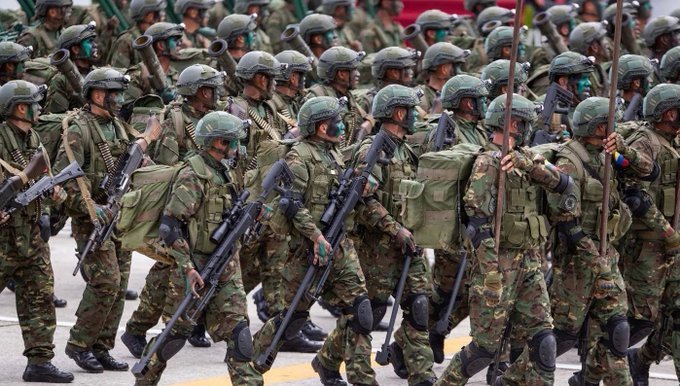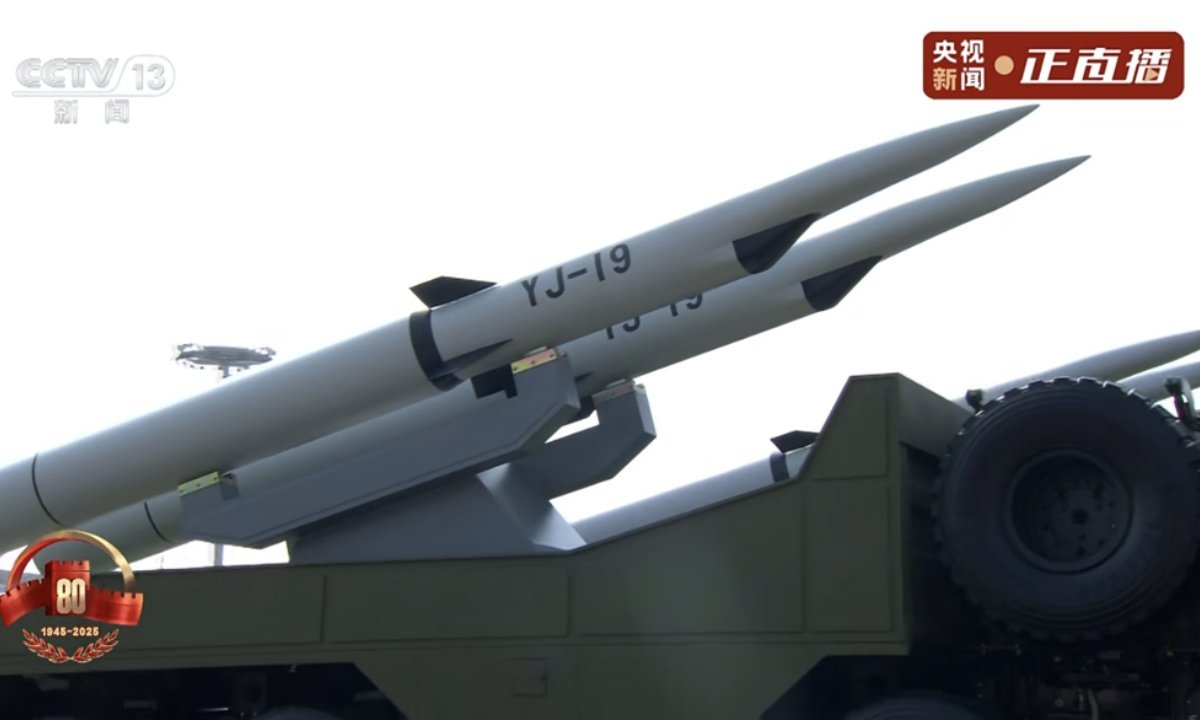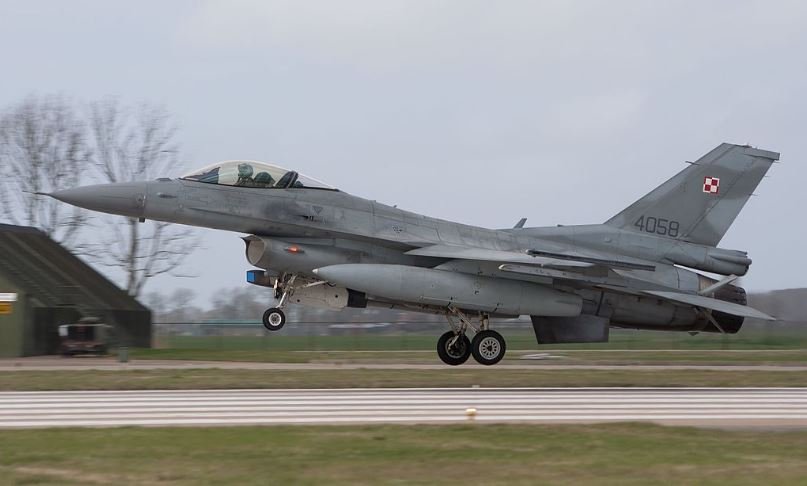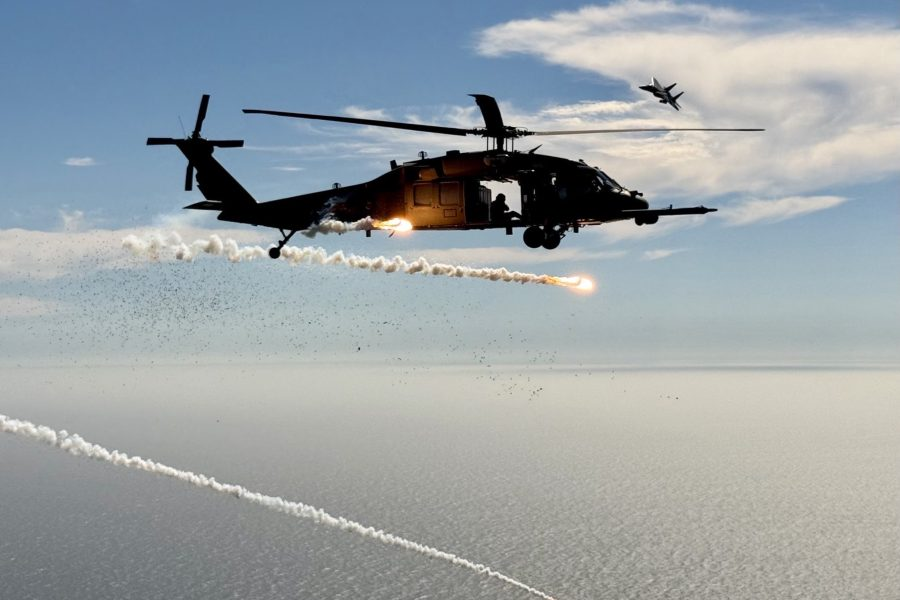
It’s clear why Trump asked the Houthis for peace: They almost shot down his “invisible” F-35 fighter jet
Yemen, May 14, 2025 – The US-British military coalition in the Middle East was unable to defeat the small paramilitary formation of the Ansar Allah of the Yemeni Houthi rebels. US President Donald Trump, who threatened them with complete destruction, finally agreed to peace, and the US Navy simply withdrew from the Red Sea. And there are many reasons for this. First, the Houthis promised not to touch American ships anymore. But there are more compelling reasons.
As it turned out, the “largest army in the world” could not overcome the resistance of the “guys in sandals”, and their destructive means proved to be very dangerous for American military equipment. The Houthis shot down at least twenty very expensive American MQ-9 Reaper drones, as they themselves claim. However, these are not the most important achievements of the Ansar Allah air defense. In a recent incident over Yemen, Houthi air defenses nearly shot down several F-16C fighters and even threatened a fifth-generation F-35A Lightning II aircraft of the US Air Force.
The American newspaper The New York Times, citing sources in the Pentagon, reports that in March Trump set a task for two aircraft carrier groups and special squadrons of the US Air Force’s strategic aviation within 30 days as part of Operation Rough Rider to deal with the leadership of the Houthi and destroy the entire production infrastructure of their missile arsenal. This operation was prepared by General Michael Kurilla, the current head of US Central Command. However, everything did not go according to the plan of US military commanders and the US president.
The scale of this operation required the use of a large number of MQ-9 Reaper reconnaissance and strike drones over Yemen at once, which were supposed to identify targets for B-2A bombers. They were involved in the hunt for Houthi commanders and simply fell into the trap of Ansar Allah air defense, which, according to the newspaper’s experts, targeted free-flying fighter jets and drones. In 30 days, the Houthis shot down seven American MQ-9 drones, which hindered the ability of the central command to track and attack the militant group. Several American F-16 fighters and an F-35 fighter were almost hit by the Houthi air defenses, which made the possibility of losing the stealth aircraft very real – writes the NYT.
As they say, the Americans did not have an easy victory in Operation Rough Rider. The losses of the Reapers made a discouraging impression on Trump. He was allegedly sure that everything would work out easily, as it did in Iraq with the elimination of the famous Iranian general Qasem Soleimani. Among other things, it turns out that the Houthis were easily able to detect not only the F-16C, but also the “invisible” F-35 fighter. They were not shot down only thanks to the maneuvers of the pilots and electronic warfare systems. According to another version, the Houthi air defense missiles simply did not reach the fighter at high altitude. According to unofficial data, Ansar Allah protects the sky with the help of Russian Buk air defense systems. As a result, Trump quickly got tired of this fuss, because it did not bring any dividends, and through the Sultan of Oman he asked for peace with the Houthis. Now Ansar Allah can fully focus on Israel, as an official representative of the militant movement has already announced.
The key issue of current international processes is the issue of trust and the ability to plan for the long term. We categorically cannot plan “for the long term”. Too many players, even if not always the main ones, can create very significant eddies in the system of international relations – writes Russian analyst Dmitry Yevstafeyev.
One of the features of the current system of international relations is the loss of the ability of the former mechanisms to “let off steam”. The “four and a half day” India-Pakistan incident proved this. The Indians and Modi personally clearly conceived this situation as a tool to “let off steam” and manage public sentiment. However, it quickly reached a point where the escalation began to become almost unmanageable. It had to “collapse” at a very unfavorable moment for India and compensate for the negativity with propaganda. Now let’s imagine that the same thing would happen in the Middle East or East Asia. This is the mess that Trump has gotten himself into. And his goal is to simplify the situation, to create a basis for new “packages” in which the US will play a dominant role.
The number of players with whom it is necessary to negotiate separately is growing. However, the agreements with the Houthis did not mean agreements on the security of Israel. And there are many such examples. The patchwork of the region, not only security but also political, is a serious challenge. This area was difficult to manage even in the old days. Now it is almost impossible. The picture could be called a “partial solution”. But all previous American plans for this region, and especially the concept of a “greater Middle East”, were complex. Trump violates the entire logic of American policy.
A sharp slowdown in investment activity to the west of the Persian Gulf. This process, in the event of a deterioration of the situation around Iran, will also affect the Persian Gulf. Trump is well aware that this will be a step into a full-fledged structural crisis of the economy. There is no “second bottom” here, that is, almost: the US does not need a war in the Middle East right now. However, there is one nuance. In the region, military and force risks are not only growing, but are taking on a completely different format. The probability of interstate military-force clashes is minimal, the probability of internal destabilization of almost all states in the region is in the factor of the religious factor, Dmitry Yevstafeyev added.


Peter North


















